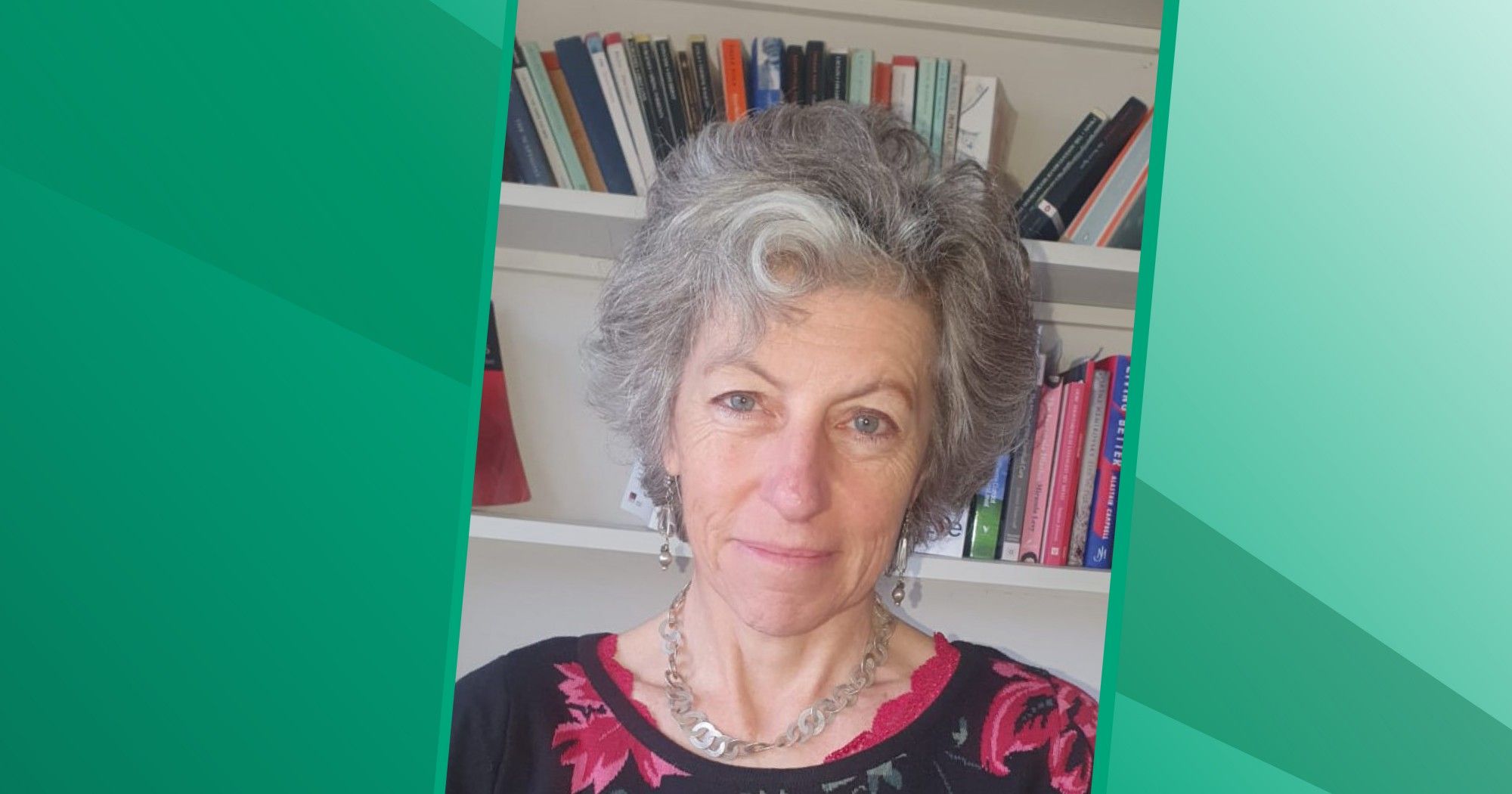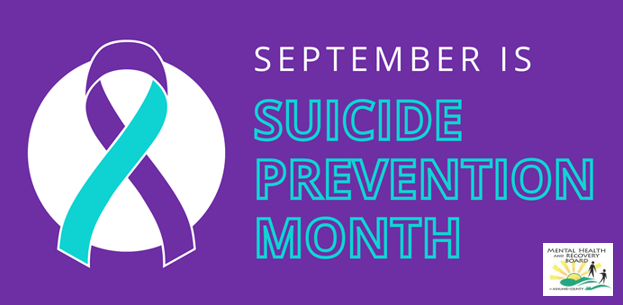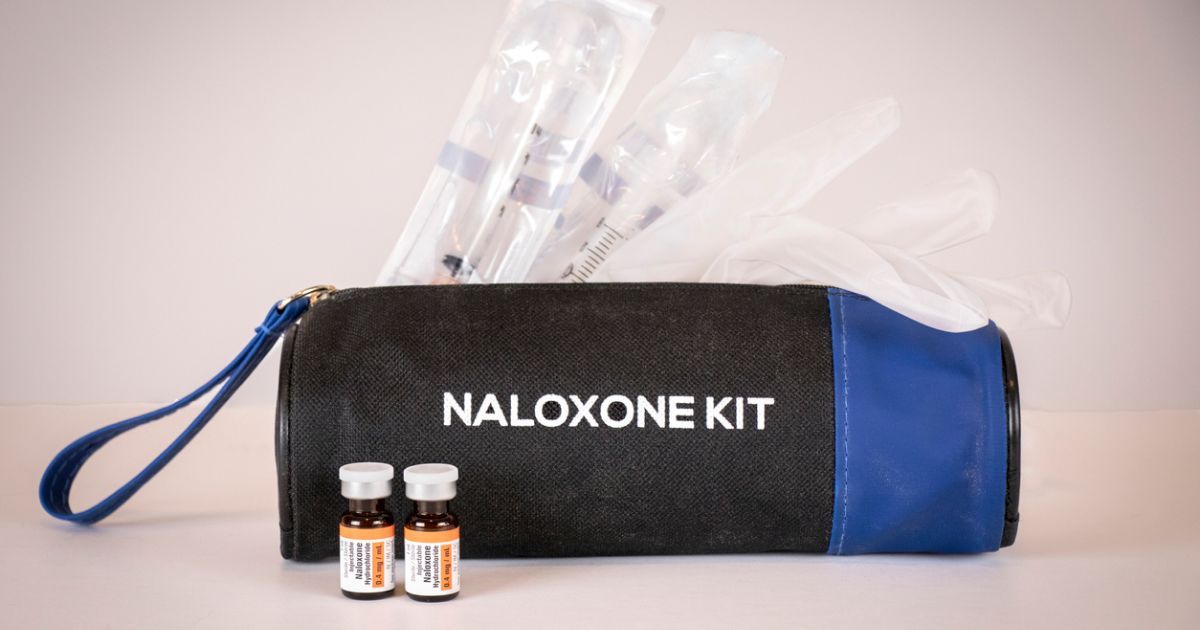Save Lives with QPR: Ashland County’s No-Cost Suicide Prevention Training
What if you could have a lifesaving impact on someone standing by death’s door, thinking of ending it all?
With QPR Training, it’s possible.
QPR is an emergency mental health intervention, which stands for “Question, Persuade, Refer” and it can be used to bring people back from the brink of death. QPR Gatekeeper Training is offered at no cost to you through the Mental Health & Recovery Board of Ashland County, and it lasts about an hour.
Over the past two decades, the Mental Health & Recovery Board of Ashland County has trained thousands of people to perform QPR—people just like you.
“You don’t have to be a psychologist, a counselor, or a social worker to do it,” says David Ross, Executive Director of the Mental Health & Recovery Board of Ashland County. “If you’re a human, we can teach QPR to you.”
“We can come into any business organization—big or small—and provide suicide prevention training in as little as one hour,” Ross continues. “We just teach you three basic skills: How to ask a question, how to persuade somebody, and how to refer someone to a professional.”
These skills may sound like things you already know how to do, but people who are thinking of suicide often times cannot directly communicate their needs, resorting to messaging that might be difficult to recognize if you’re not QPR-trained. QPR Gatekeeper Training teaches participants to recognize telltale signs.
“All you have to do is notice these changes in your friend or worker,” Ross explains. “They’re talking or behaving differently—they’re giving away a prized possession. A little light bulb needs to go off to prompt you to say, ‘Hey, are you doing okay? What’s going on right now?’”
When the Mental Health & Recovery Board of Ashland County began to explore evidence-based suicide prevention programs, QPR Gatekeeper Training ranked highly in research, reliability, and effectiveness. After offering this powerful training to thousands in Ashland County, Ross sees encouraging evidence that it’s working.
“QPR trainers say to me, ‘David, I used it, and it worked. I was able to get this person the help they need,” Ross says. “Other people call and say, ‘David, I just wanted you to know this person asked me the question about feeling suicidal and gave me the information and it saved my life.”
These interactions indicate that QPR is impacting residents of Ashland County, but so many remain at risk. The Mental Health & Recovery Board of Ashland County wants to train as many people as possible to save lives.
“We train all the way down to the high school level—even the middle school level,” Ross explains, “because if you look at the statistics, there are a very high number of suicides in the 16-to-26-year-old age range.”
The vulnerability of this demographic led the Mental Health & Recovery Board of Ashland County to partner with Ashland University in offering QPR Gatekeeper Training.
“Our ultimate goal is to have 100% of all faculty, staff, and students receive this training,” says Janel Molnar, Director of Recreation & Wellness at Ashland University. “It’s our dream to one day incorporate QPR into training modules the students receive upon first joining the university and to offer it yearly to faculty and staff.”
Goals like these seem reasonable when considering the succinctness of the training.
“The time QPR Gatekeeper Training takes is small, but its impact is large,” Molnar explains. “It only takes an hour to an hour and fifteen minutes, but it can literally save lives.”
The Recreation and Wellness Department has been coordinating training sessions with the Mental Health & Recovery Board of Ashland County to encourage groups on the Ashland University campus to learn QPR.
“To ramp up efforts on campus this past spring, we promoted the ability to offer QPR Training at any time to any group,” Molnar says. “Knowing when and where these trainings are taking place on campus allows us to provide an ‘Ashland University expert’ in the room to point to resources on campus and in the community.”
Molnar is already seeing results.
“Through our efforts this spring and summer, we have had 174% more people go through QPR training than those who went through training during the fall 2023 semester,” she says.
Together, the Mental Health & Recovery Board of Ashland County and the Recreation & Wellness Department at Ashland University are equipping residents of Ashland to breathe hope into the lives of those who are considering suicide.
If you would like to join the Mental Health & Recovery Board of Ashland County in saving lives in Ashland, call (419) 281-3139 to schedule QPR Gatekeeper Training at no cost to your organization. To schedule training for a group at Ashland University, contact Janel Molnar at (419) 207-6172.
“Even one person lost to suicide in the county is too much,” David Ross concludes. “Our goal is zero.”
This is a goal that everyone in Ashland County can work toward—and we can do it one QPR Gatekeeper Training session at a time.
Contact the Mental Health & Recovery Board of Ashland County to schedule a training session for yourself or your team.



















